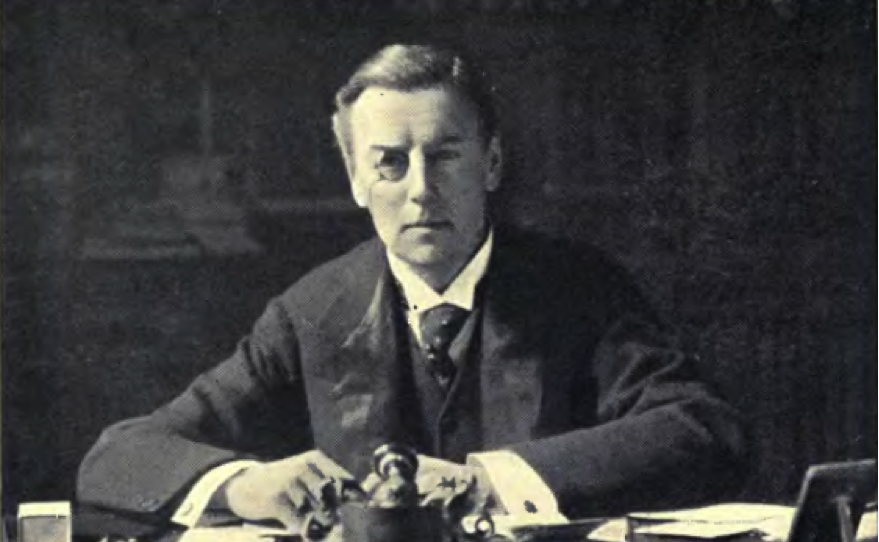
April 24, 1903
Theodor Herzl first met with British Secretary of State for the Colonies Joseph Chamberlain in October 1902. At that meeting, Herzl proposed Jewish settlement in either Cyprus or El Arish in Sinai as a temporary measure. Both territories were close to Palestine and were under British control, unlike Palestine which was still part of the Ottoman Empire. Chamberlain considered Herzl’s proposals, but rejected them because of opposition in Egypt and among British residents in Cyprus.
On April 24, 1903, Chamberlain and Herzl meet again. At this meeting, Chamberlain offers a counterproposal. Instead of Cyprus or El Arish, he proposes that the Jewish state be created in Uganda. Despite being referred to as the “Uganda Proposal,” the territory offered by Chamberlain is actually the Guas Ngishu plateau in Kenya.
The “Uganda Proposal” is adopted at the Sixth Zionist Congress in 1903 by a majority vote (295 to 178). Herzl sees the Uganda proposal as an interim plan to foster immigration of suffering Eastern European Jews to a safe haven, without abandoning the ultimate aim of a Jewish homeland in Palestine.
The proposal threatens to divide the Zionist Organization and will become a major point of debate during the Seventh Zionist Congress in 1905, the first Zionist Congress after Herzl’s death. Ultimately, after two days of debate, the Congress will adopt a resolution that both rejects the Uganda Proposal and reaffirms the commitment to a Jewish homeland in Palestine.
The photo shows British Secretary of State for the Colonies Joseph Chamberlain.
